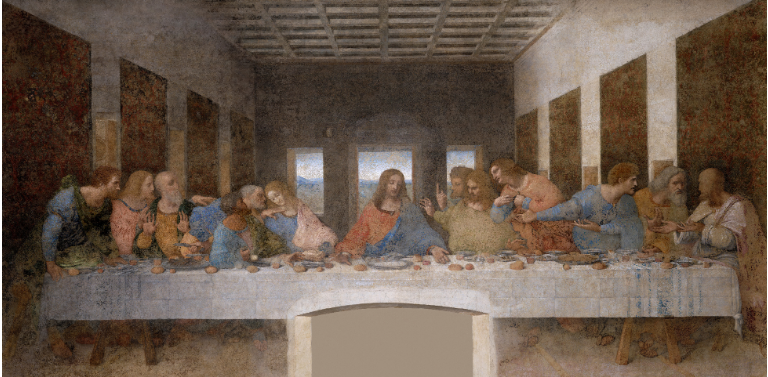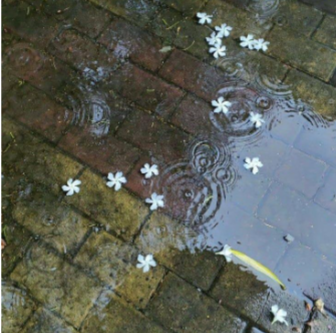Why do fireflies have to die so soon?
- Kiara Aggarwal
- Aug 1
- 3 min read
By Irintsoa Rakotomamonjy
There she was, kneeling still. Dirt clung to her knees like grief clings to memory. The soil was quite moist for her tiny fingers to dig up. She didn’t flinch when the earth bit back. She welcomed it. The sky had to be clear that day. For her at least.
Free from ashes and scent of corps.
Free from flying missiles.
Those tiny palms of hers – too soon to turn rigid – cupped a hand full of dimmed fireflies. The momentum memory returned: Dancing along their lights, her brother’s laughter chasing them. Her giggles, trailing behind.
He came, slow steps, unsure if he should speak but did anyways. “What are you doing?”
She didn’t look up. “Making a grave,” she muttered, her voice pulled down by a weight she didn’t choose to carry. He couldn’t bear to hear his little sister this way.
“Mom’s in a grave too, right?” She asked but it was more rhetorical. Like something she’d already accepted. Her hands kept moving, burying what once glowed in her dark nights. Burying what she shouldn’t have to.
Tears streamed down her face. Silently.
“Why do fireflies have to die so soon?” She finally looked up to meet his eyes, knowing that the answers weren’t there either. Nor was it in the sky or dirt.
Because she, too, was among the fireflies.

What you just read is a scene from Isao Takahata’s famous animated film, Grave of The Fireflies.
For a brief insight, it narrates the story of two orphaned siblings, Seita and Setsuko dealing with
the outbreak and aftermath of the second World War in Japan. The late Takahata and his best
friend Miyazaki (creator of Ghibli) have used their creativity to depict the true face of war: not
glory, not heroism, but unbearable loss. How relevant it is today that it’s always the vulnerable,
especially children, who suffer the most.
If you haven’t watched the movie yet *spoiler alert* Seita and Setsuko’s tragedy did not come
from the violence of the war’s combat, but from the slow, merciless grip of famine. They rotted
gradually: the hallowing of cheeks, the dimming of eyes, the weakness in their legs, the
desperate scraping of food that isn’t there. Sounds familiar, doesn’t it?
Today, in Gaza, the very same silence screams louder than any bombs. Gaza is now in IPC Phase
5, the highest level of food insecurity, officially classified as famine. Not just as a consequence of
war but famine constructed. It is right in front of our eyes: Their skin clinging to bone where
laughter is supposed to live. Their bellies swollen with emptiness. Their eyes dulled by
exhaustion. According to @jewishvoiceforpeace, “The Israeli military’s deliberate infliction of
malnutrition is killing Palestinians faster than at any other point in the 21-month genocide. Since
World War II, no instance of starvation has been so purposely orchestrated and tightly
controlled.” This brings us back to Seita and Setsuko’s story as we reflect on the cost of survival
throughout history.
If children are among what they once so-preached as “future generations,” why then are they
paying for a price they never owed? Why are they paying for being born in a place the world has
deemed expendable?
It’s not just in Gaza. Sudan. Haiti. DRC. Mali. Myanmar. You can find more information here.
And if you’re reading this, having the privilege to find out about such information on the
internet, be the voice of those tethered. Educate yourself, learn the language of those suffering.
Be cautious about who and where you donate to. And in this digital age, we should bring back
the rationality of activism because these issues are not a stage for anyone to perform on.



Comments